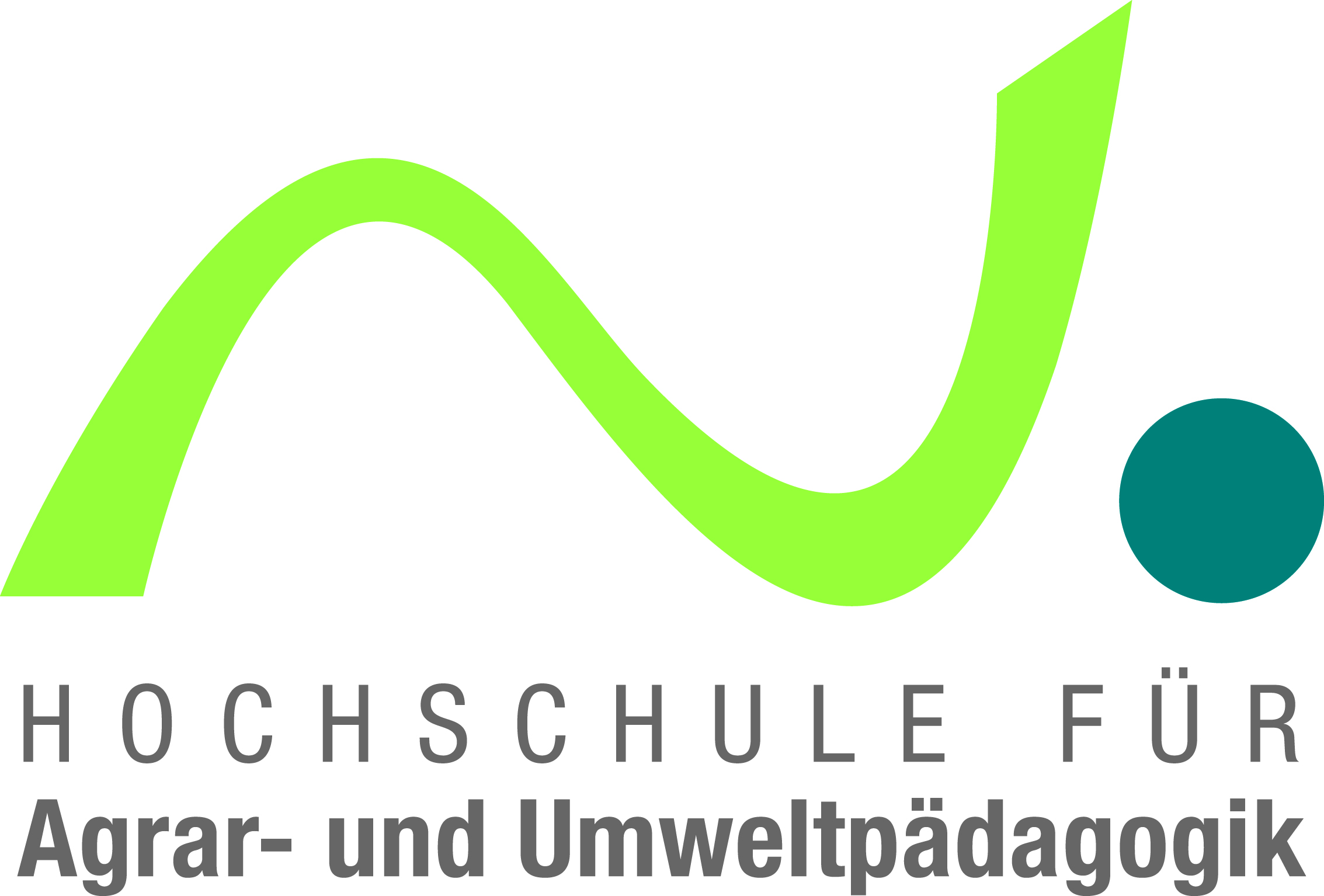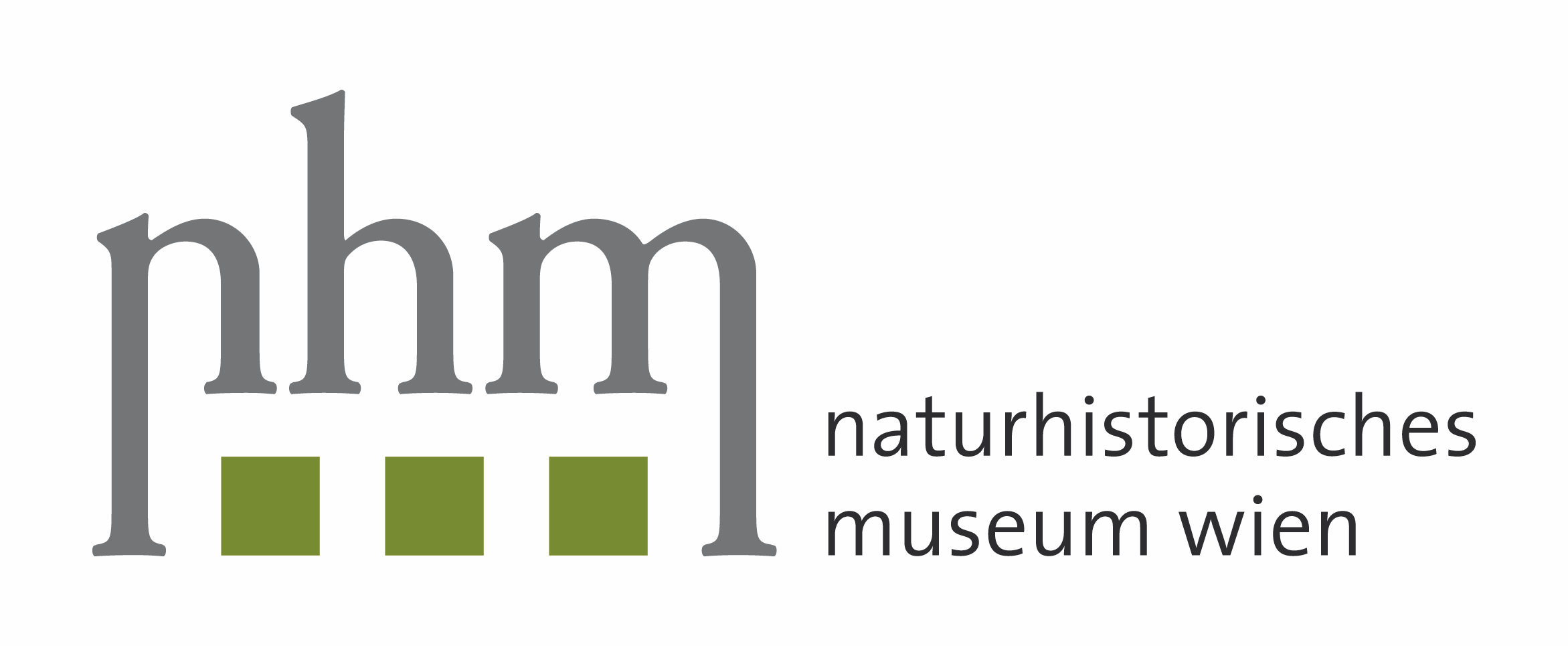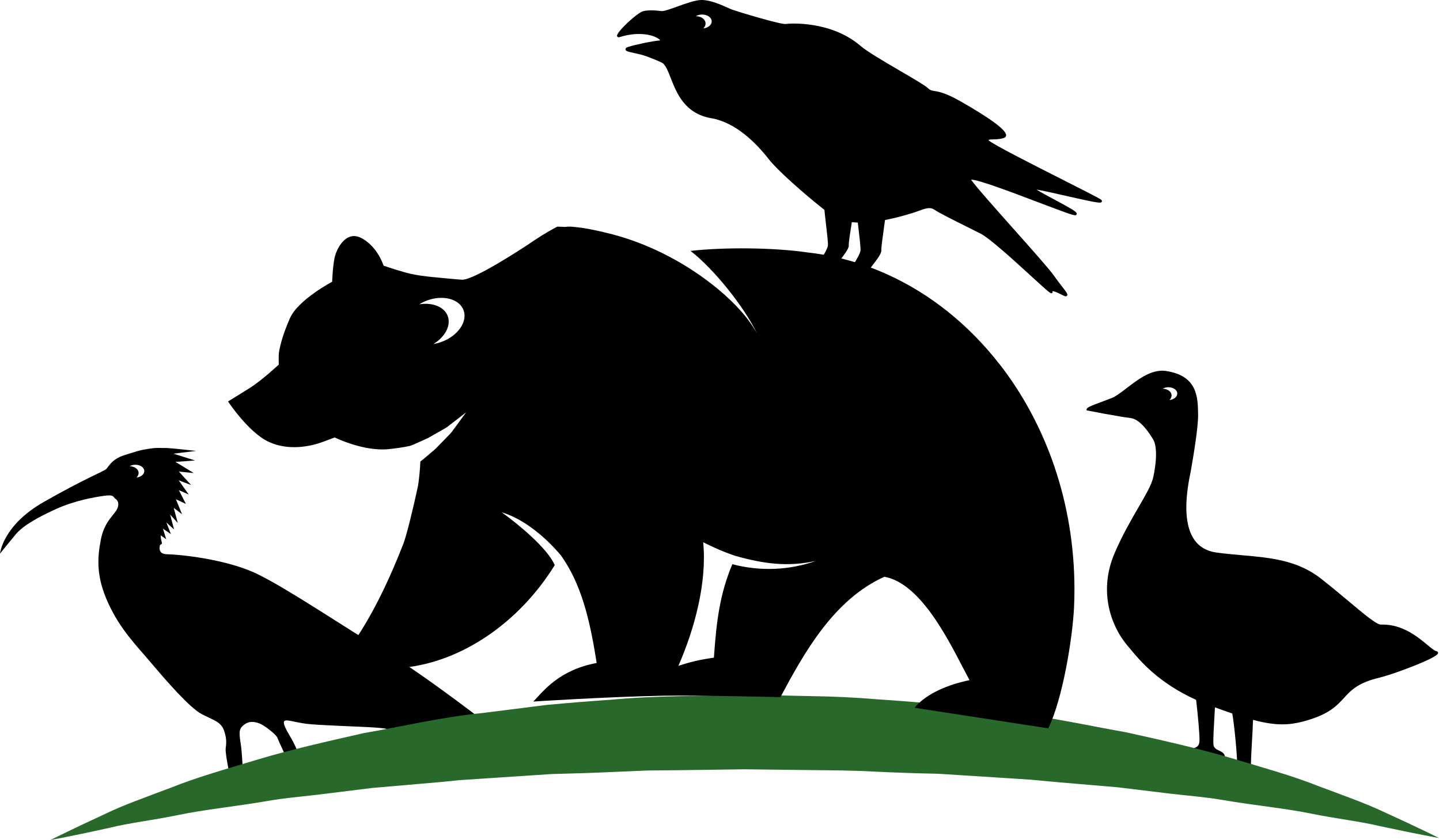Waterbird Census
Citizen Science with a long tradition
The first water bird counts in Austria took place as early as the 1950s. In the following years, the number of counts was gradually increased, and from 1970 onwards Austria-wide surveys have been carried out. This makes the waterbird census one of the longest running citizen science projects of BirdLife Austria. The censuses are carried out by volunteers between one and five times per winter (depending on the province) at defined river sections.
Decline in numbers
The aim of the waterbird census is to document the populations of waterbirds migrating through or overwintering in Austria, e.g. swans, ducks, geese or seagulls. In recent years, the majority of waterbird species have shown declining populations. Climate change is probably responsible for this – it leads to ever warmer winters and means that increasingly few waterfowl from northern and eastern Europe have to come as far south as Austria to find ice-free bodies of water for food.
Tasks and roles in the project
- Observer: In their free time they survey the birds according to the specified counting method. They regularly receive a summary of the results and the latest trend analyses.
- Federal state coordinators: They organise the censuses in the respective federal state. They are the first point of contact for the counters for questions and problems of any kind.
- Project management: data checking, data management, evaluations, reporting, lectures, contact person for questions of all kinds.
Participate
Further informationand results can be found on the website.
If you have any questions about the project or are interested in the collected data/results, please contact the project manager.
-
 Bird watching with binoculars Bird watching with binoculars
Bird watching with binoculars Bird watching with binoculars -
 Professional bird watching Professional bird watching
Professional bird watching Professional bird watching -
 Observation is more fun as a team! Observation is more fun as a team!
Observation is more fun as a team! Observation is more fun as a team!
https://www.citizen-science.at/en/conference/tag/animals?start=30#sigProIde5dbec0461
This project fulfils version 1.1 of the quality criteria for citizen science projects on Österreich forscht.
ornitho.at
Important groundwork for bird protection
The association BirdLife Austria has been researching and protecting the native avifauna for over 50 years. Citizen science has always been an essential basis of this work, as BirdLife's expertise is based on decades of collecting bird records. In the past, observations were recorded on paper slips, today www.ornitho.at is a modern and simple way to report bird observations.
Many functionalities
With the platform ornitho.at you can not only report observations of bird species, but also add photos or sound recordings of birds. Interested users can search the archive for photos, see current records of interesting bird species, get information about seasonal occurrence, manage all their own reports and much more. In addition, the observers can also be sure that their observations serve a good cause – namely the protection of the native bird world.
If you would like to record observations on the go, you can use the specially developed NaturaList app, which offers many smart functions:
Podcast episode
For the Österreich forscht podcast's first birthday, Christine Kovar, a dedicated Citizen Scientist in the project, gave interesting insights into the project in March 2023 - tune in! (in German)
Join in
Further information can be found here: www.ornitho.at.
-
 Bird watching with binoculars Bird watching with binoculars
Bird watching with binoculars Bird watching with binoculars -
 Professional bird watching Professional bird watching
Professional bird watching Professional bird watching -
 Observation is more fun as a team! Observation is more fun as a team!
Observation is more fun as a team! Observation is more fun as a team!
https://www.citizen-science.at/en/conference/tag/animals?start=30#sigProIde5dbec0461
This project fulfils version 1.1 of the quality criteria for citizen science projects on Österreich forscht.
Breeding bird monitoring
Annual counts
This advanced citizen science project requires knowledge of the common native breeding bird species and participation over several years. Twice a year, the participants count all birds seen and heard at fixed points. The total of all counts is then used to calculate population trends. The available data is currently sufficient to determine meaningful trends for about 90 bird species – from 1998 onwards. Sadly, the results show how important it is to monitor our breeding bird world: more than half of the species studied are declining in numbers, whereas only about one fifth of all species show an increase. The other bird species are currently stable.
Participate
Further information and results can be found on the website.
Tasks and roles in the project:
- Observers: In their free time they survey the birds according to the specified counting method. They regularly receive a summary of the results and the latest trend analyses.
- Federal state coordinators: They organise the censuses in the respective federal state. They are the first point of contact for the counters for questions and problems of any kind.
- Project management: data checking, data management, evaluations, reporting, lectures, point of contact for questions of all kinds.
If you have any questions about the project or are interested in the collected data/results, please contact the This email address is being protected from spambots. You need JavaScript enabled to view it..
-
 Bird watching with binoculars Bird watching with binoculars
Bird watching with binoculars Bird watching with binoculars -
 Professional bird watching Professional bird watching
Professional bird watching Professional bird watching -
 Observation is more fun as a team! Observation is more fun as a team!
Observation is more fun as a team! Observation is more fun as a team!
https://www.citizen-science.at/en/conference/tag/animals?start=30#sigProIde5dbec0461
This project fulfils version 1.1 of the quality criteria for citizen science projects on Österreich forscht.
Wild Neighbours
Are swallows nesting at your house or in your stable? Have you seen a badger in the middle of town? Or do you regularly observe a kestrel in your garden? We are interested in your observations in rural settlement areas!
Ural owl
Ural owl resettlement
The resettlement of the Ural owl is led by a team of researchers headed by ornithologist Richard Zink at the Austrian Ornithological Centre at "Vetmeduni" Vienna. The goal is the "Come Back" of the big owl into the forests of Austria. A new occurrence in the alps creates an essential link between the populations south (Slovenia, Italy) and north (Germany, Czech Republic) of the Alpine republic. Individual owls migrating between these populations ensure gene flow within the European metapopulation - the survival of the rare large owl can thus be ensured in the long term.
The designation of protected areas and the gradual conversion to sustainable forest management improved the living conditions for the Ural owls in Austria. Based on this, the project was requested by an international delegation of experts in autumn 2006. The Austrian release sites were selected for the protected areas "Wienerwald Biosphere Reserve" and the "Wilderness Dürrenstein", which offer the newcomers optimal survival conditions due to their ecologically particularly valuable forest stands. The project is based on the successful reintroduction that has taken place in the Bavarian Forest National Park (D) in the last century.
15 years after the first release of Ural owls in 2009, successes can already be recorded in the reintroduction project. The current population of Ural owls in the reintroduction area is estimated at about 50 territories. Since 2011, the reintroduced Ural Owls have also been breeding successfully in the open. The breeding success is subject to annual fluctuations, which are based on mouse gradations. Since then, at least 278 young Ural owls have been hatched in the wild and 516 released (as at end of 2023). You can report observations of Ural owls directly to the project team on our website.
Based on these successes, the focus of the project is now on increasing the genetic diversity of the Ural Owl population. This should ensure the long-term existence of the reintroduced population. Together with 25 breeding partners throughout Central Europe and around 50 breeding pairs, the project team is working towards this goal.
In order to give some assistance to the Ural owl, which does not build its own nests, approximately 550 nesting boxes have so far been installed in suitable forests in Eastern Austria with the help of a large number of landowners. You are a landowner with forest ground, you are enthusiastic about the Ural owl and would like to enable the installation of a nesting box? Or do you have time and want to support the project in spring by regularly checking one of our nesting boxes?
Get in contact with the project team - we look forward to meeting you!
https://www.citizen-science.at/en/conference/tag/animals?start=30#sigProId35c6525caf
This project fulfils version 1.1 of the quality criteria for citizen science projects on Österreich forscht.
GeoMaus
The project “GeoMaus” collects information about the distribution of small mammals in Austria, Germany and in Switzerland. Nature enthusiasts are invited to report their observations to learn more about the occurrence of small mammals. Two identification keys (text key and decision tree), information on trace images and on the appearance, biology and way of life of the species will help. The report is made using a form through which the required data such as species, location, date and photo (optional) can be transmitted. An adapted mobile version simplifies the input in the terrain and features a location search function. The received data can be retrieved on a map after a processing time of about one week.
What are small mammals?
The term "small mammals" does not describe a taxonomic group in the strict sense. They are usually the relatively small representatives of mammals from the orders of rodents (Rodentia), shrews (Soricomorpha) and hedgehogs (Erinaceomorpha). What they have in common is that they do not exceed a certain body weight. Depending on the author, the upper limit varies between 120 g and 2 kg and is usually 1 kg.
Why do we need to collect data?
Information on the regional distribution of small mammals is unfortunately rare. Every discovery and every observation is therefore important and contributes to a better understanding of the animals and their habitat. Moreover, small mammals can only be involved in species protection projects when their distribution is known. However, targeted detection is usually very time-consuming. Discovery reports therefore serve as good hints to pay more attention to certain small mammals.
Where can small mammals be found most likely?
- caught by house cats
- on paths and roads
- in fields, especially after mowing
- in the garden, for example near bird houses
- in huts and barns
What information is required?
- place of discovery
- date
- type of detection
- habitat
- photographic documentation (optional)
How are the discovery reports evaluated?
Reports with photos are very valuable. For example, garden dormice, edible dormouse, forest dormice, hazel dormice, striped field mouse or moles can be identified safely and reasonably when they are photographed. Species that can only be clearly identified using biometric measurements and observations without evidence are only used to a limited extent in purely scientific publications. But here too, reports of findings are important, as they provide valuable information on the distribution of the species, facilitating research and protection.
What happens to the collected data?
The data is used for scientific publications (e.g., Atlas of Mammals of Upper Austria) and projects (e.g., laendlemaus.at).
https://www.citizen-science.at/en/conference/tag/animals?start=30#sigProId91351ef0a9
This project fulfils version 1.1 of the quality criteria for citizen science projects on Österreich forscht.
Kremser scorpion
Participatory exploration of the "Kremser scorpion” (Euscorpius tergestinus) with school students
"Triestino scorpion" (Euscorpius tergestinus - still listed as E. carpathicus in the Red List of NÖ), which are threatened with extinction in Lower Austria, exists as an archaeozoon in Krems. This population is an isolated north-eastern outpost of the distribution area. Since 2019, sightings of these animals have been collected together with students of the BRG Krems Ringstraße 33, a UNESCO school, with the participation of the population. The students' questions to the population not only lead to reports of findings, but also to many stories that are linked to the encounters with the animals. The participatory approach not only collects data on the distribution of the animals, but also sketches a picture of people's attitudes towards them.
The first results have already been published: The good news: it still exists, the "Kremser Scorpion"! A population exists in a small area in the city. The research results have been published online in the journal "Biodiversity and Conservation Biology in Eastern Austria (BCBEA)". As throughout the project, the project team shared the work and all team members contributed to the article. This article is an example of how citizen science with lay people and closely participatory with motivated students can create local knowledge around a conservation object. In the course of the project, further questions have emerged that will continue to occupy a new generation of pupils in possible follow-up projects.
In this respect, we are still grateful for ongoing sightings, reports and stories!
Citizen Science Seminar
In 2022, poject coordinator Martin Scheuch held a lecture about the Kremser scorpion as part of the lecture series "Citizen Science Seminar" at the University of Natural Resources and Life Sciences Vienna (BOKU): "The Scorpion of Krems - Success with School & Citizen Science" (in German).
Project partners
 |  |  |
This project fulfils version 1.1 of the quality criteria for citizen science projects on Österreich forscht.
Homegrown
“Homegrown - There is nothing like a homegarden”
Project description
With their variety of plant species and the experience of the gardeners, rural home gardens constitute an integral component of the cultivated landscape in the Lienz district, East Tyrol. Together with pupils of the BG/BRG Lienz school (and biology, math/physics and English teachers), scientists are investigating rural home gardens, including stocks of plant species and the use of plants. These results will be compared with those taken 20 years ago from the same gardens and will help to identify changes in gardens and their cultivation. These diachronic perspectives allow a precise and empirically established overview of changes in rural home gardens in the countryside of an industrial and services-focused state, in the context of demographic and economic changes and the search for a new identity.
To gain a better understanding of the local perception of the significance of rural home gardens, observations from gardeners and their neighbours concerning ecosystem services in gardens and their significance will also be recorded.
The project will also investigate cultivation techniques that adapt to extreme weather or ensure sustainable growth. It will also find out why people grow gardens and which values and approaches guide their behaviour or actions in gardens.
As part of an additional citizen science module, the local population in East Tyrol and Oberen Drautal will be combined. The module appeals to gardeners who are interested in taking surveys in their gardens, according to methodological direction and by monitoring their gardens, so as to demonstrate the material and immaterial ecosystem services in gardens. These gardeners and the cooperating young people will be trained in simple quantitative and qualitative survey methods for this purpose. This will take into account the opportunities that depend on the education and experience of each individual participant.
The starting point for developing analogue survey tools for the researching gardeners is a universal T-card office planner (49 x 47.3 cm, 7 panels, light grey) with 20 slots and 7 columns. The card slot system provides a weekday structure (Monday to Sunday), an hourly structure (6 a.m. to 10 p.m.) and six variables for recording ecosystem services.
On the universal T-card planner, the gardeners use the provided weekday and time scales with differently coloured slots to record the following specific information in writing about the individual ecosystem services during the recording period:
- Provisioning services, such as the yield of vegetables and fruits from the home garden (name of the person harvesting, time and duration, name of the harvested fruits and vegetables, the amount harvested and its respective use).
- Regulating services, such as birds, insects or pests in the home garden (name of the observing person, time and duration, name and number of birds, insects or pests observed).
- Cultural services, such as cultivation techniques in the home garden (name of the person cultivating, time and duration, tools used, etc.) or activities in the home garden when used as a place for relaxation and leisure.
The time spent in the garden will be recorded with a simple stopwatch. Some plant materials will be weighed out with simple, easily available kitchen scales. The card slots will be placed somewhere protected from weather or positioned where they are in the gardener’s view. This location will be decided on site with the gardener.
The duration of collections using the card slot system will be calculated at at least a week and will then be passed on to another gardener. Seven card slot systems will be prepared. The recordings ran from 1 August to 31 August 2018.
Through the participation of citizen scientists, a continuous observation and record of local perception (emic viewpoint) of the ecosystem services of home gardens is guaranteed. The methods were proposed by a gardener from the region being researched and were discussed/considered together with other gardeners from the area. The citizen scientists were actively involved in data acquisition and collection, data analysis and interpretation and the publication of results in the project report, scientific journals and conferences and in local media (dolomitenstadt.at). The collected data was continuously documented and stored by scientific guardians. Interim and final results were returned to the participating gardeners as part of the “give back” culture in the citizen science final event (“Gartenfest”).
Project collaborators
Heidemarie Pirker
Brigitte Vogl-Lukasser
Partners
BG/BRG Lienz (Renate Hölzl, Arno Oberegger, Hansjörg Schönfelder and the pupils of class 6b (from academic year 2018/2019: 7b).
Marie-Luise Wohlmuth (workshops on soil biology)
Ramona Walder (photography)
Peter Werlberger (video)
Gerhard Pirkner (dolomitenstadt.at)
Germain Weber & Team (Faculty of Psychology, University of Vienna)
Christian Ragger (REVITAL - Integrative Naturraumplanung GmbH)

Image gallery
(Click on an image to enlarge)
https://www.citizen-science.at/en/conference/tag/animals?start=30#sigProId537f10b2da
This project fulfilled version 1.1 of the quality criteria for citizen science projects on Österreich forscht.
NestCams
In this project, citizen scientists studied the breeding behaviour of greylag geese and northern bald ibises. The project was run by scientists of the Konrad Lorenz Research Center (Grünau im Almtal, Upper Austria).
Since its foundation in 1973, the Konrad Lorenz Research Center (KLF, a core facility of the University of Vienna) has been engaged in research on avian social systems. Three bird species in particular are used as models: greylag goose, raven and northern bald ibis.
What was it about?
This project investigated the relationship between behavioural patterns and breeding success in two bird species (greylag goose, northern bald ibis). The selected species use different strategies: greylag geese are long-term monogamous, the female alone incubates the eggs, and the goslings are precocial, meaning that they are relatively mature and mobile from the moment of hatching onwards.
In the case of the seasonally monogamous northern bald ibis, both pair partners care for the nest and the hatchlings are altricial, meaning that the young hatch featherless and unable to walk on their own. They require parental care for feeding and stay in the nesting area until fledging.
Aims of the NestCams project
Together with citizen scientists, researchers aimed at finding out why some pair-partners within a flock are more successful than others in breeding and raising the offspring
Who could participate?
To participate in the NestCams project participants needed a computer with internet access.
How could one participate?
Participation was possible on the online platform Zooniverse.org in English and German and without registration. In order to be able to get in contact with the project members in the "Talk", registration was necessary.
News:
Update 30.03.2021: The goal of 15000 videos has been reached! More videos are now ready for evaluation - the more videos, the more representative the data set will be. Many thanks for the support!
March 2021: Already 41,000 short videos of nesting greylag geese and northern bald ibis could be coded with the help of more than 5,500 citizen scientists! Greylag goose videos from the 2018 breeding season have all been analysed and those from the 2019 breeding season have been uploaded. The goal is to complete at least 15,000 videos in March and April 2021. To say thank you, small prizes will be raffled among all registered participants.
Publications
Rittenschober J., V. Puehringer-Sturmayr, & D. Frigerio, The relevance of a digital platform for the citizen science project NestCams, PoS(ACSC2020) (2021) Sissa Medialab. Proceedings of Science (PoS) Vol. 393. DOI: https://doi.org/10.22323/1.393.0009
Rittenschober, J., Kleindorfer, S. and D. Frigerio - The project design influences the quality of contributions in an online Citizen Science project - PoS(ACSC2023) (2023) Sissa Medialab. Proceedings of Science (PoS) Vol. 442. DOI: https://doi.org/10.22323/1.442.0014
The Konrad Lorenz Research Centre on Social Media

This project fulfilled version 1.1 of the quality criteria for citizen science projects on Österreich forscht.
Forschen im Almtal (Research in the Almtal)
Visitors of the Cumberland game park in Grünau im Amtal (Upper Austria) were invited to use an app to enter sightings and behavioural observations of greylag geese, common ravens and northern bald ibises and thus support research projects and the long-term monitoring of the Konrad Lorenz Research Center (KLF).
Since its foundation in 1973, the KLF (nowadays a core facility of the University of Vienna) has been dedicated to research on the social systems of free-flying birds. Especially three bird species are used as models: greylag goose, raven and northern bald ibis. As some aviaries of the KLF are located in the game park (e.g. free flight aviary of the northern bald ibises), the two institution share a close cooperation.
What was it all about?
The aim of this project was to monitor the spatio-temporal patterns of three model bird species (greylag goose, common raven, northern bald ibis). We wanted to find out, when and where which animals can be found. Do they have preferences for certain places within the game park or do they prefer the company of conspecifics? The free-flying birds of the KLF are individually marked (leg rings, wing tags), which makes it possible for Citizen Scientists to recognize the birds individually.
Who could participate in the research?
Everyone who owns a smartphone and downloads the app "Forschen im Almtal".
How could one participate?
To participate, you needed to download the app "Forschen im Almtal" to a mobile device and log in/register. When visiting the game park in Grünau im Almtal and seeing one of the three bird species (greylag goose, northern bald ibis, raven) citizens could create a spot on a map. Further information could be obtained from the app manual or by contacting the research team.
For school classes and groups of 7 people or more, there was the possibility for a workshop and accompaniment during data recording; more information at: https://naturschauspiel.at/naturschauspiele-startseite/flattern-und-schnattern-im-almtal---buerger-schaffen-wissen-188984.
Publications
Pühringer-Sturmayr V, Rittenschober J, Gegendorfer G, Kleindorfer S, Frigerio D (2023). Assessing quality of contributions to avian monitoring by non-scientists: a case study on individually banded wild birds. Environ. Res. Lett. 18. DOI: https://doi.org/10.1088/1748-9326/acd073
Hirschenhauser, K., Frigerio, D., & Neuböck-Hubinger, B. (2022). Science Education and Beyond: Citizen Science in Primary School Potentially Affects Conceptual Learning and Socio-emotional Development. In A. Volvlas (Hrsg.), Citizen Science - Methods, Approaches and New Perspectives. Intechopen. DOI: https://doi.org/10.5772/intechopen.107532
Links
Project on the website of Uni Vienna
Proceedings of the Citizen Science Conference 2019


This project fulfilled version 1.1 of the quality criteria for citizen science projects on Österreich forscht.


